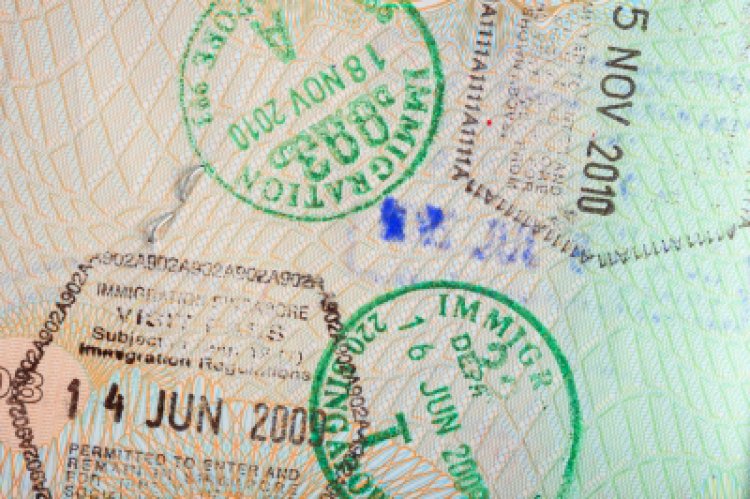Making it in Silicon Valley as a Foreign Entrepreneur
Pierre-Jean Cobut, Co-founder, Echo Labs

As a foreign-born entrepreneur who set up his company in the US, the one thing I know for sure is that there is no easy way to setup a company for a foreign founder, although having one or more American co-founders can ease the process. The US currently does not have a dedicated or specific immigration solution for entrepreneurs, such as Canada does with the startup visa.
There are four types of visas that can technically work for foreign entrepreneurs: H-1B, O-1, EB-2 and E-2.
H-1B – The first issue with H-1B is that it is extremely competitive. This year saw a record 233,000 applicants for only 85,000 available visas, a quota that has not increased since 2005. This is a lottery-based visa, meaning that an applicant has five days to file the application. Once the five days have passed, USCIS stops taking applications if it has received more than 85,000 applications. Applicants are then picked at random from the total pool. The second issue is that this is a visa designed for people employed in a traditional way. An entrepreneur may have to go through significant restructuring of her company because it needs to have the possibility to fire her. This means that the entrepreneur cannot be a majority shareholder, hold a corporate officer position or be without a board that supervises her abilities.
O-1 – This is a visa for “individuals with extraordinary ability,” which is also a non-immigrant visa, renewable every year for up to three years (and hopefully the entrepreneur can get a green card in the meantime). Unlike the H-1B, entrepreneurs may apply for O-1 at any point during the year and it is application-based. The entrepreneur will need to qualify and meet three of eight criteria. The entrepreneur will be evaluated on whether they have received any nationally or internationally recognized prizes or awards or published material in relevant publications.
EB-2 (National Interest Waver) – This is a straight shot to a green card. The application works in a very similar way to an O-1 where the entrepreneur will need to prove her exceptional ability. Processing time tends to be longer than the O-1, and it is generally more challenging to obtain.
E-2 (investor visa) – This visa requires a substantial investment from the entrepreneur in the company, and the capital has to come from the country of origin. There is no criteria for how much “substantial” represents and the investment needs to represent at a minimum 50% of the capital invested in the company. Also, the visa may be revoked if this falls under 50%, after additional capital raised.
Unfortunately, none of these visas really take into account what makes a successful entrepreneur. Potential of the venture, capital raised, employees hired, revenue and other business metrics are not considered by those granting any of the types of visas above.
An interesting alternative is Canada’s startup visa that could benefit the US attracting and retaining more successful entrepreneurs. In order to get a startup visa in Canada, an entrepreneur needs to meet three criteria: 1) speak English or French (as measured by a standardized test), 2) bring a minimum of personal savings to the country.(e.g. CAD 11,931 for a family of one),, and 3) a support letter from a Canadian venture capital firm, angel group or incubator. What is really interesting about this policy is that the government has literally outsourced the immigration decision to the people who know best if the venture has merit and chances of success. For immigrant entrepreneurs like myself, this model is one that we hope for in the US in the future.
Disclaimer: I am not a lawyer and not giving legal advice. I am only describing my own experience and what I have seen in Silicon Valley.
About the Author
Pierre-Jean (PJ) Cobut is the co-founder of Echo Labs. He is an entrepreneur with a successful track record in product & online marketing, sales, and finance. Pierre-Jean started his career at Procter & Gamble, where he developed financial and strategic models for brand launches and expansions at P&G’s headquarters in Geneva, Switzerland. In his last assignment, he was responsible for the financial planning of a $1.2B business. Separately, Pierre-Jean founded his first hardware company in Europe. Managing marketing and sales, Pierre-Jean led the company to international success through major contracts across Europe.

















